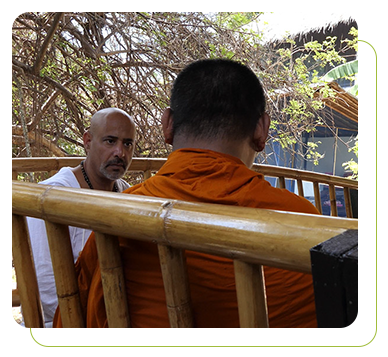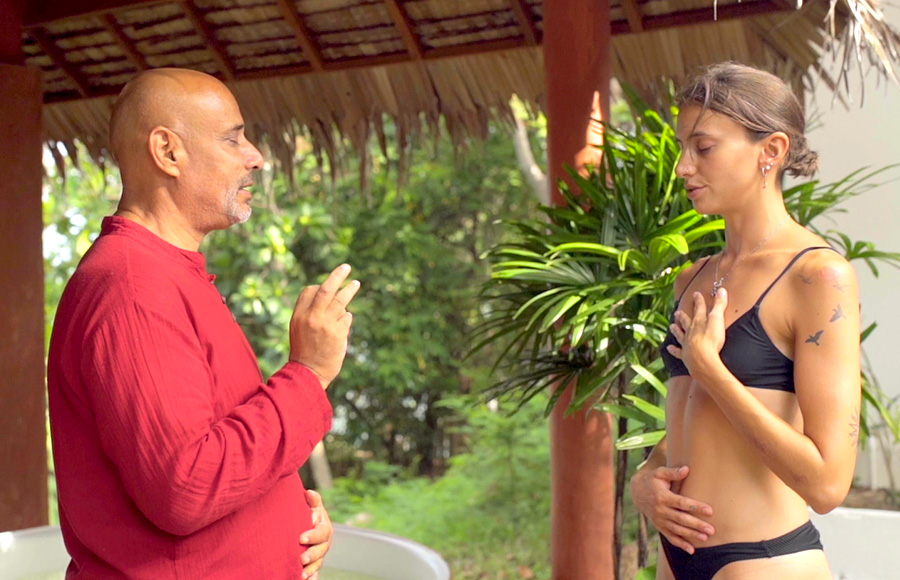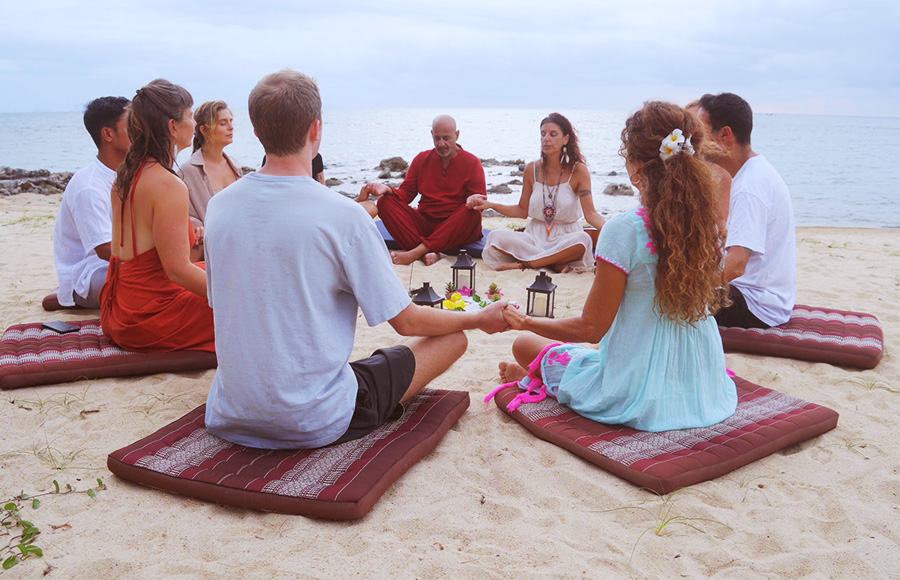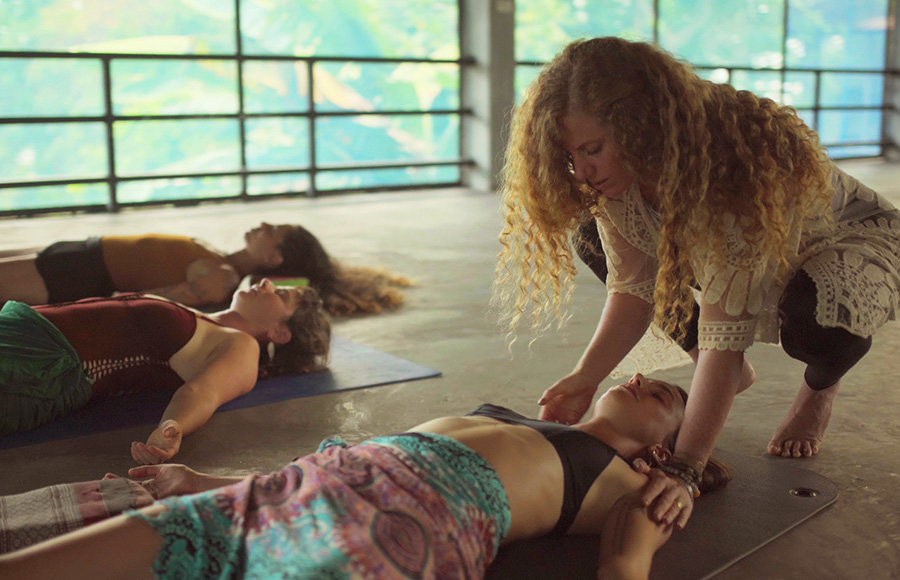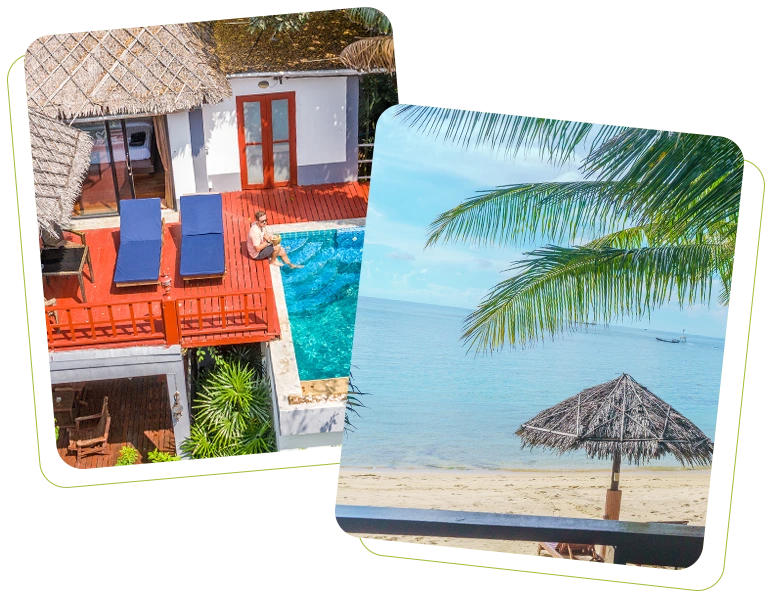Sensory-Friendly Rehab: Creating Spaces Where Neurodivergent Clients Can Heal
05 min read

Why Sensory Environments Matter in Addiction Recovery
For many neurodivergent individuals — especially those with autism, ADHD, or sensory processing differences — traditional rehab environments can feel overwhelming. Bright lights, crowded group sessions, loud noises, or unpredictable schedules can trigger stress, anxiety, or shutdowns.
Recovery isn’t just about therapy — it’s also about the environment. That’s why at Holina Rehab Thailand, we design sensory-friendly rehab spaces where clients feel calm, safe, and supported throughout their healing journey.
What Does Sensory-Friendly Mean in a Rehab Setting?
A sensory-friendly environment is one that reduces overstimulation and increases comfort for clients with unique sensory needs. Key features include:
Low lighting and calming colors to prevent visual overwhelm.
Quiet spaces where clients can retreat when needed.
Comfortable furniture and natural textures to create grounding.
Flexible schedules that allow clients to regulate at their own pace.
Outdoor areas where nature helps restore balance.
At Holina, these elements are built into our beachfront resort, making recovery feel less clinical and more like a sanctuary.
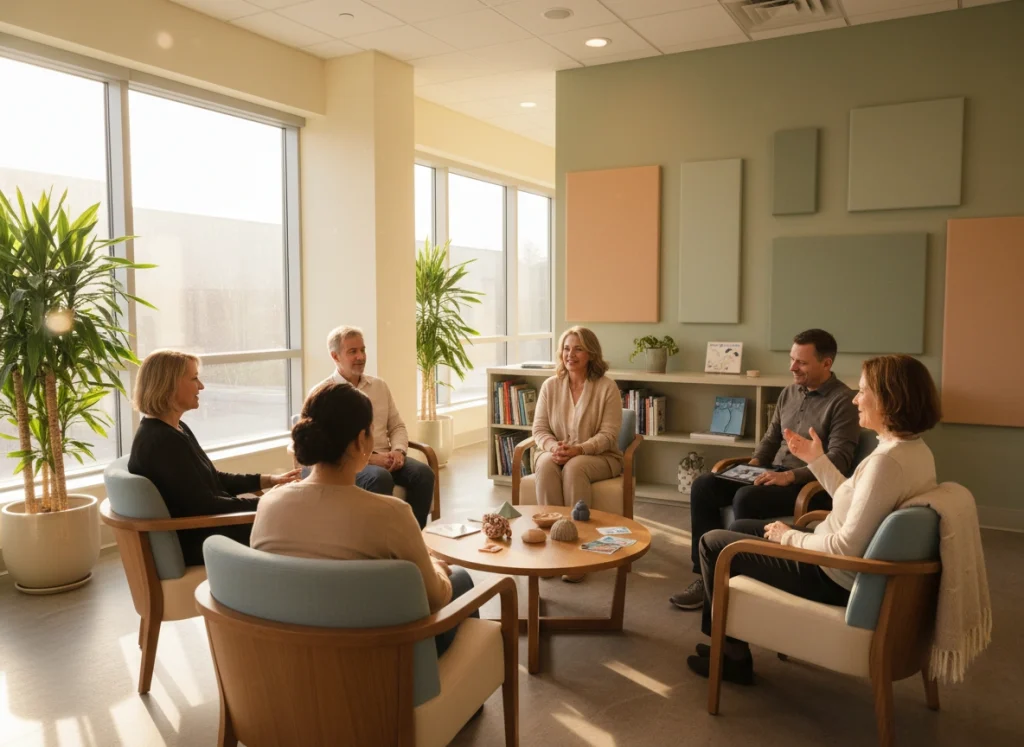
Why Sensory-Friendly Spaces Support Recovery
1. Reducing Anxiety and Overwhelm
Neurodivergent clients often experience sensory overload. A calmer environment lowers stress and makes therapy more effective.
2. Supporting Emotional Regulation
Quiet spaces and sensory tools give clients the chance to regulate emotions without judgment.
3. Encouraging Engagement
When the environment feels safe, clients are more likely to participate in therapy and group work.
4. Preventing Retraumatization
For those with trauma histories, sensory-friendly spaces help prevent triggers that could cause setbacks in recovery.

Holina’s Sensory-Friendly Design
1. Quiet and Calming Spaces
Private bungalows, low-light areas, and quiet lounges ensure clients always have a place to decompress.
2. Connection With Nature
Located on Koh Phangan’s coastline, Holina’s resort integrates natural beauty — ocean views, sunsets, and gardens — as part of sensory healing.
3. Holistic Therapies for the Senses
Water-based therapies (Integrative Water Therapy, Aqua Tuning) for soothing somatic release.
Sound healing and art therapy as safe outlets for expression.
Yoga and mindfulness to regulate body and mind.
4. Flexible Program Flow
Clients are encouraged to listen to their own needs, with staff support to adapt therapy schedules when necessary.
The Benefits of Sensory-Friendly Rehab
Inclusive healing for autism, ADHD, and sensory processing differences.
Reduced dropout risk because clients feel safe and understood.
Better long-term outcomes with environments that support nervous system regulation.
Global leadership: Holina is among the few centers worldwide highlighting sensory-friendly addiction recovery.
FAQs About Sensory-Friendly Rehab
Q1: What makes a rehab sensory-friendly?
Low-stimulation spaces, quiet rooms, natural settings, and staff trained in sensory awareness.
Q2: Why is this important for autistic or ADHD clients?
Because they often experience sensory overload, which can interfere with therapy and recovery.
Q3: Do sensory-friendly spaces help trauma survivors too?
Yes. Trauma often heightens sensory sensitivity, making calm environments essential.
Q4: Does Holina adapt therapy as well as spaces?
Absolutely. Therapies are flexible and adapted to sensory and communication needs.
Q5: Can sensory-friendly rehab benefit neurotypical clients too?
Yes. Calming environments and mindful design improve recovery outcomes for everyone.
Conclusion: A Healing Space for Every Mind
Healing doesn’t happen in chaos. For neurodivergent clients, sensory-friendly rehab environments are not optional — they’re essential. At Holina Rehab Thailand, we’ve created spaces where every client can feel safe, calm, and supported, giving them the foundation to recover fully.
📞 Ready to Begin?
Contact Holina Rehab today to start your healing journey:
Phone: +66 (0) 626 418 369
Email: info@holinarehab.com
Website: www.holinarehab.com
About Me
Ian Young
Ian Young is the Global Manager at Holina Care Centres in Koh Phangan, Thailand. Ian oversees the rehabilitation programs that blend the 12 Step model, Psychology, Counselling, Coaching, Somatic and many other therapeutic engagements, alongside various evidence-based therapies with holistic healing practices. Holina Rehab treats addictions, trauma, anxiety, depression, and other emotional challenges, offering comprehensive care in a serene resort environment. Ian, a charismatic speaker and author of “It’s Not About Me” leveraging his own recovery journey from addiction to inspire and guide others toward a fulfilling, addiction-free life.
Recent Blogs
-
29 Nov, 2025
The Power of Community in Addiction Recovery

















